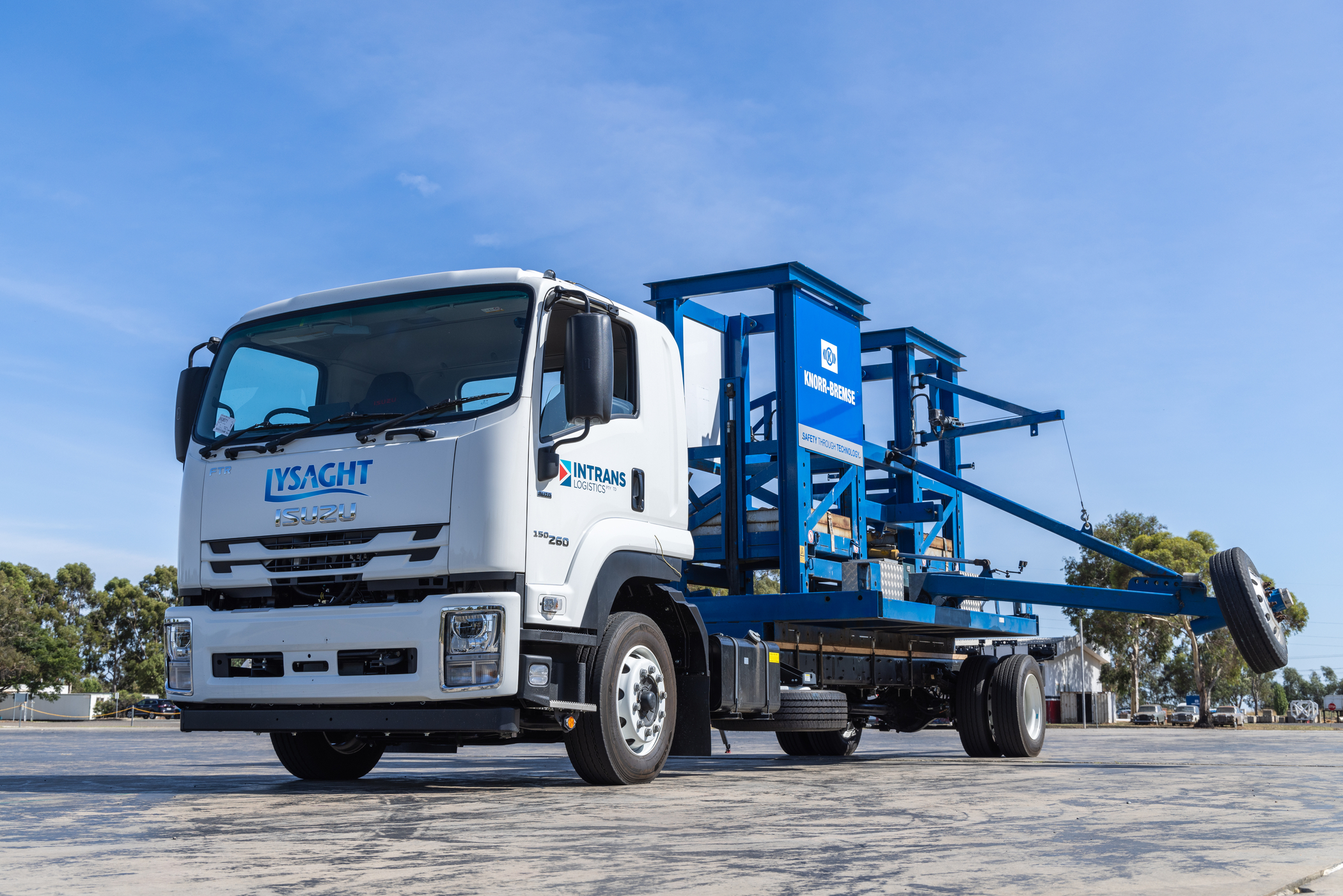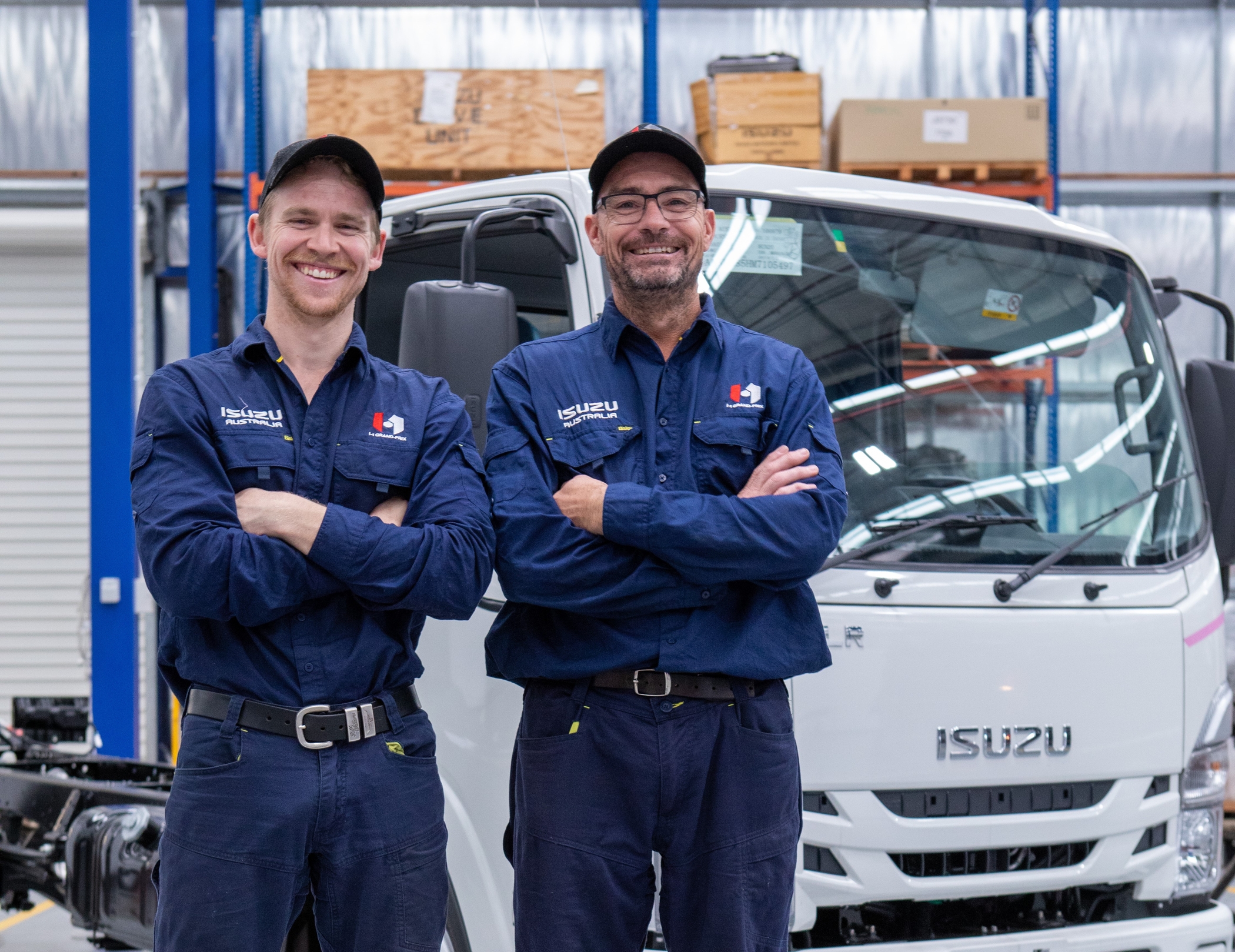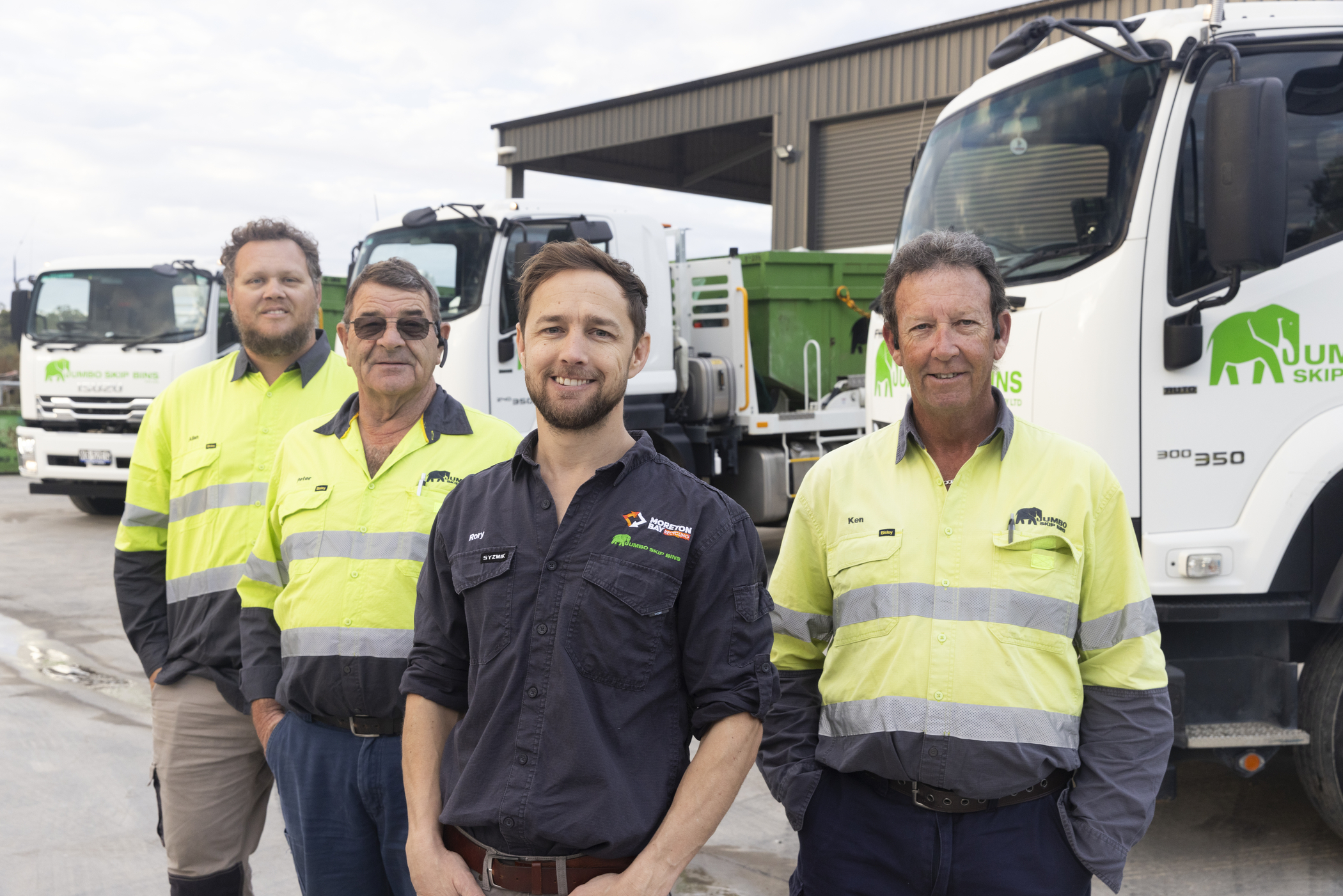Lifesavers: Emerging Tech And Our Emergency Services

 Take information technology software as an example - there’s a gamut of programs that our emergency services are currently using or looking to adopt - to help make informed assessments of emergency situations and to expedite solutions.
Another important component for our emergency services extends into the field of engineering technology.
Firefighting
Take information technology software as an example - there’s a gamut of programs that our emergency services are currently using or looking to adopt - to help make informed assessments of emergency situations and to expedite solutions.
Another important component for our emergency services extends into the field of engineering technology.
Firefighting
 The seasonal threat of bushfires in Australia have forever demanded engineering innovation and evolving solutions that quite literally save lives.
Technology such as Light Detection and Ranging or LiDAR helps our firefighting services map vegetation density, the topography of surface terrain and escape routes via Global Positioning System (GPS) technology – making sure firetrucks can navigate fire-prone areas as safely as possible.
Another recent advancement has been the use of Compressed Air Foam (CAF) systems, which has driven further innovation among our firefighting services.
Collaborating with the Tasmanian Fire Service and the New South Wales Rural Fire Service, Isuzu Trucks helped engineer a firefighting system that would allow trucks to pump a mix of fire retardant compressed air foam and water from the tank through a cannon mounted at the front of a truck - without overheating the engine.
The seasonal threat of bushfires in Australia have forever demanded engineering innovation and evolving solutions that quite literally save lives.
Technology such as Light Detection and Ranging or LiDAR helps our firefighting services map vegetation density, the topography of surface terrain and escape routes via Global Positioning System (GPS) technology – making sure firetrucks can navigate fire-prone areas as safely as possible.
Another recent advancement has been the use of Compressed Air Foam (CAF) systems, which has driven further innovation among our firefighting services.
Collaborating with the Tasmanian Fire Service and the New South Wales Rural Fire Service, Isuzu Trucks helped engineer a firefighting system that would allow trucks to pump a mix of fire retardant compressed air foam and water from the tank through a cannon mounted at the front of a truck - without overheating the engine.
 When conducting prescribed burning or navigating through uneven off-road terrain, the CAF-equipped trucks require a combination of manoeuvrability to navigate tight trails, payload to cover significant volumes of foam and water, excellent visibility to spot threats, and safety features like Hill Start Aid and advanced gear ratios to handle steep terrain.
In addition to CAF-equipped trucks, our firefighting services utilise a raft of fire truck variants to combat fires including tankers, pumpers, all terrain and ‘quick attack’ vehicles.
Life savers
Everyone is familiar with regular ambulance vans that transport paramedics and patients through our streets. But there is a much wider variety of vehicles on hand to help too; from helicopters, to buses to larger rescue trucks.
When conducting prescribed burning or navigating through uneven off-road terrain, the CAF-equipped trucks require a combination of manoeuvrability to navigate tight trails, payload to cover significant volumes of foam and water, excellent visibility to spot threats, and safety features like Hill Start Aid and advanced gear ratios to handle steep terrain.
In addition to CAF-equipped trucks, our firefighting services utilise a raft of fire truck variants to combat fires including tankers, pumpers, all terrain and ‘quick attack’ vehicles.
Life savers
Everyone is familiar with regular ambulance vans that transport paramedics and patients through our streets. But there is a much wider variety of vehicles on hand to help too; from helicopters, to buses to larger rescue trucks.
 The rescue truck plays a vital role in medical emergencies. Equipped with an array of specialised equipment such as hydraulic tools, the ‘jaws of life,’ cutting torches, cranes, fibre optic search scopes, atmospheric testing units, and breathing apparatus.
Autonomous response
An encouraging development is occurring in the realm of autonomous medical emergency response units. Still at the concept stage, the idea is to have such vehicles peppered throughout a city, rather than at a few centralised locations, thus shortening vital travel time.
We all know time is absolutely critical in a medical emergency. These units would be dispatched with paramedics to the patient’s location with an advanced GPS helping determine the fastest route to the scene.
Getting there fast is a good start, but certain procedures can’t be performed by paramedics. That’s where virtual and augmented reality step in.
Akin to something out of the film Minority Report, an Emergency Medical Technician (EMT) would wear audio-visual technology on their head, acting as a proxy set of hands, eyes and ears and for an emergency physician at the hospital. The patient would also be fitted with a sensor that transmits vital diagnostic information to the EMT and physician.
State Emergency Services
When the wind blows a gale or there’s some form of natural disaster or accident, the State Emergency Service (SES) and its army of volunteers swing into action across the country.
Four wheel drive crew cab trucks have proven a popular choice in the SES for obvious reasons. Whether attending emergencies on rugged mountain trails, congested suburban roads and highways, or unstable and undulating fire trails, a vehicle with advanced engineering is essential for this application.
The rescue truck plays a vital role in medical emergencies. Equipped with an array of specialised equipment such as hydraulic tools, the ‘jaws of life,’ cutting torches, cranes, fibre optic search scopes, atmospheric testing units, and breathing apparatus.
Autonomous response
An encouraging development is occurring in the realm of autonomous medical emergency response units. Still at the concept stage, the idea is to have such vehicles peppered throughout a city, rather than at a few centralised locations, thus shortening vital travel time.
We all know time is absolutely critical in a medical emergency. These units would be dispatched with paramedics to the patient’s location with an advanced GPS helping determine the fastest route to the scene.
Getting there fast is a good start, but certain procedures can’t be performed by paramedics. That’s where virtual and augmented reality step in.
Akin to something out of the film Minority Report, an Emergency Medical Technician (EMT) would wear audio-visual technology on their head, acting as a proxy set of hands, eyes and ears and for an emergency physician at the hospital. The patient would also be fitted with a sensor that transmits vital diagnostic information to the EMT and physician.
State Emergency Services
When the wind blows a gale or there’s some form of natural disaster or accident, the State Emergency Service (SES) and its army of volunteers swing into action across the country.
Four wheel drive crew cab trucks have proven a popular choice in the SES for obvious reasons. Whether attending emergencies on rugged mountain trails, congested suburban roads and highways, or unstable and undulating fire trails, a vehicle with advanced engineering is essential for this application.
 Rescuers need to arrive and leave the scene of an emergency safely, so features like Anti-lock Braking Systems, seatbelt pre-tensioners, Hill Start Aid, Electronic Stability Control, and good ground clearance are valued attributes.
Rescuers need to arrive and leave the scene of an emergency safely, so features like Anti-lock Braking Systems, seatbelt pre-tensioners, Hill Start Aid, Electronic Stability Control, and good ground clearance are valued attributes.
 SES trucks also need to have significant GVM to accommodate additional features like generators and alternators to help provide amenities to an emergency situation. This includes devices such as mounted cranes and winches to lift any heavy objects or obstructions.
The front line
The future of emergency service work – whether it be from our firefighting, ambulance or state emergency services sector – will only benefit from advances in information technology and engineering technology.
With a proven road transport platform at their disposal, our emergency services sector is at the cutting edge of what can be achieved when you combine trusted know-how with visionary innovation.
SES trucks also need to have significant GVM to accommodate additional features like generators and alternators to help provide amenities to an emergency situation. This includes devices such as mounted cranes and winches to lift any heavy objects or obstructions.
The front line
The future of emergency service work – whether it be from our firefighting, ambulance or state emergency services sector – will only benefit from advances in information technology and engineering technology.
With a proven road transport platform at their disposal, our emergency services sector is at the cutting edge of what can be achieved when you combine trusted know-how with visionary innovation.



Playtime’s over, get $3,500* to spend on extras.
If you’re ready to get serious about tackling bigger jobs, grab yourself an NLR 45-150 AMT SWB Traypack from the Ready-to-Work range for $62,990 drive away*. And to prove we aren’t playing, buy any NLR Traypack before June 30 and you’ll get $3,500* to spend on genuine accessories or an Essentials service agreement.
Learn more



